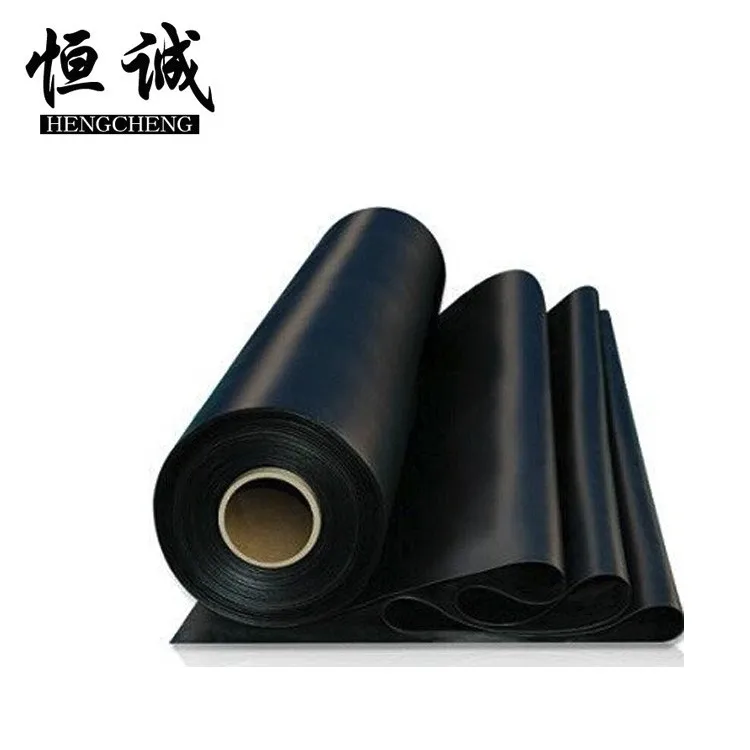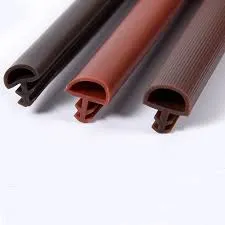LED neon lights mimic the classic neon signs that have adorned bars and restaurants for decades, yet they offer distinct advantages. Unlike glass neon, LED neon lights are made of flexible silicone, making them less fragile and safer to use in various environments. They also consume significantly less energy, making them an environmentally friendly option. This combination of safety, energy efficiency, and aesthetic charm makes LED neon wall lights ideal for home decor, commercial settings, and event spaces.
 Home
Home












